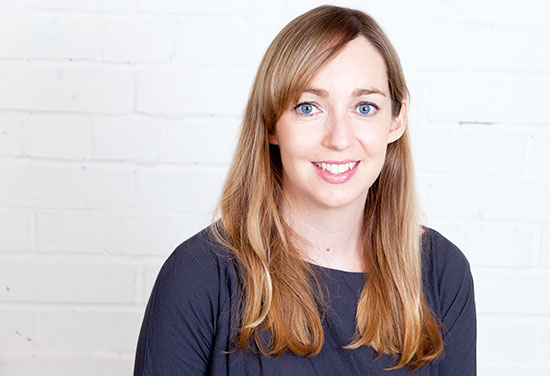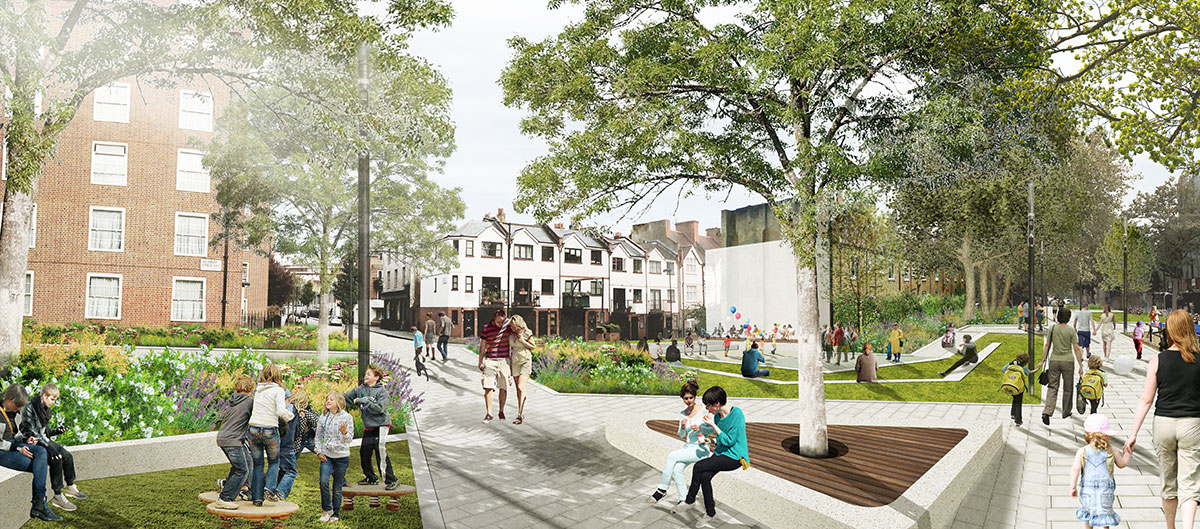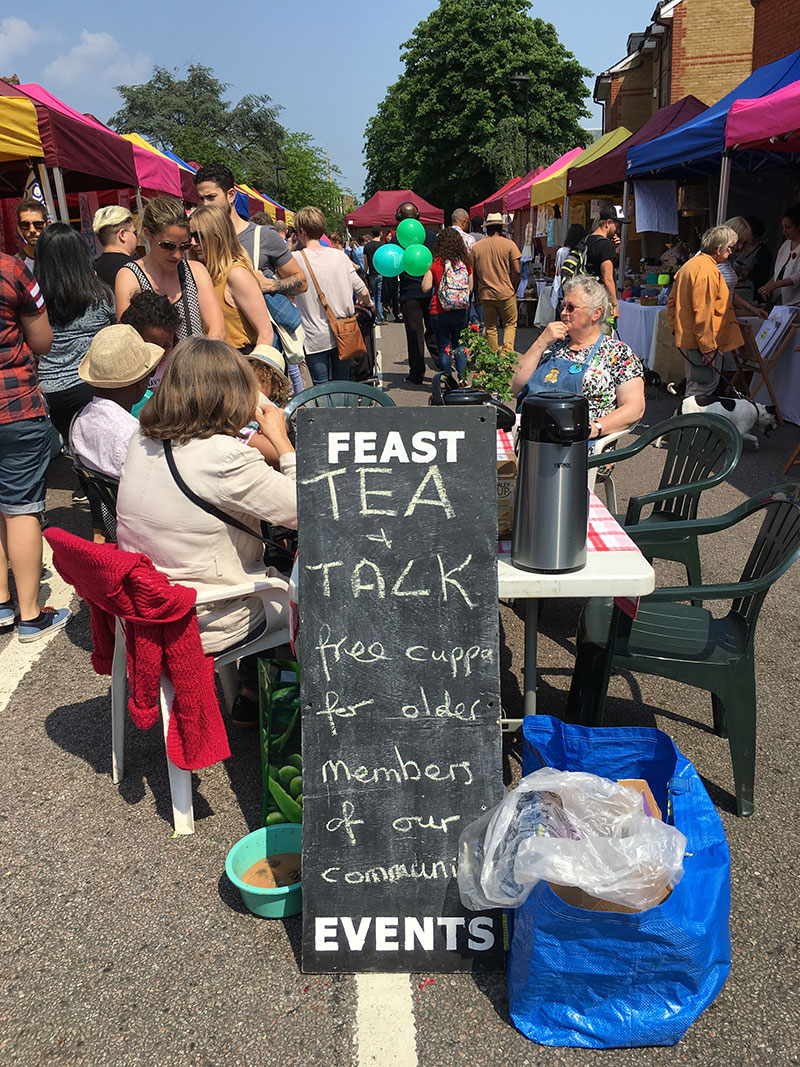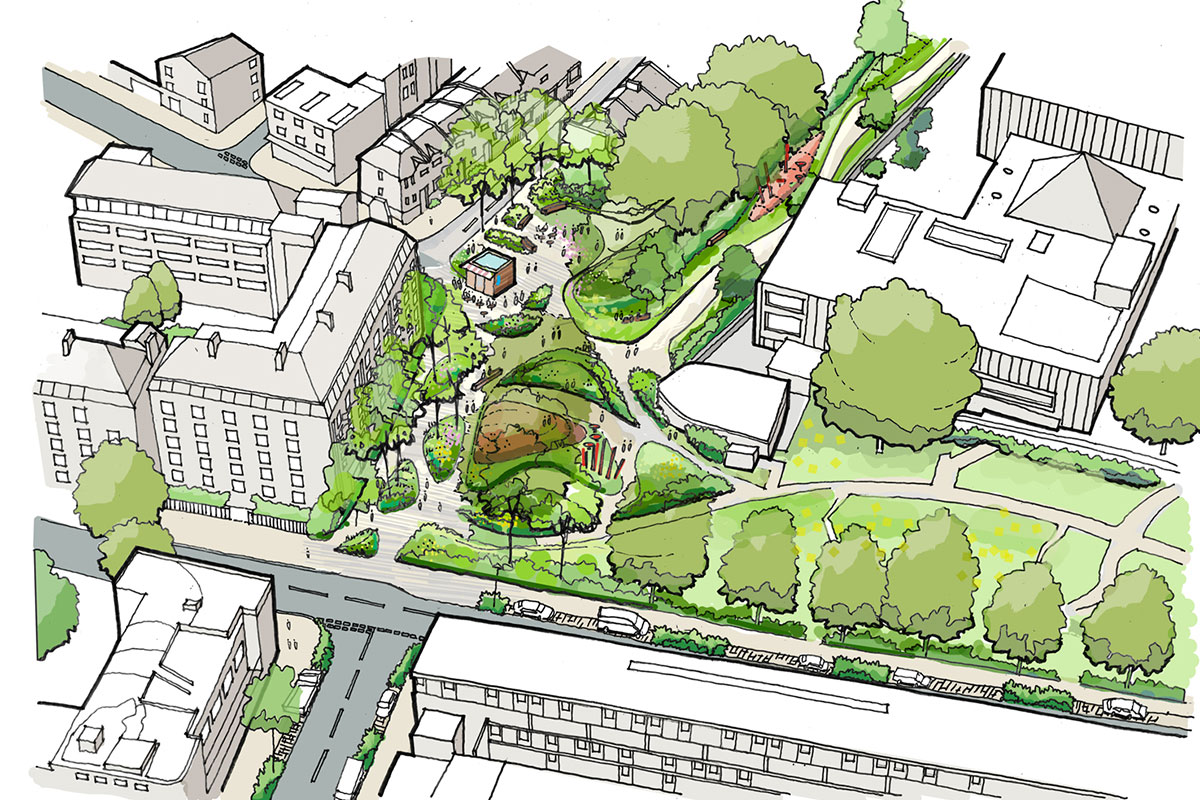#{Title}
#{Copy}

Urbanism director Anna Sinnott explains how engaging local people is at the heart of what we do, making our expertise available to them and combining our design skills with their in-depth local knowledge to co-produce great streets and public spaces.
As pressure on space in cities grows, the public realm is having to work much harder and become truly multifunctional. Great streets and spaces are the backbone of successful communities. They require careful design to be successful with a vital part of this design process involving collaboration with the community. Working with and engaging local people is at the heart of what we do. In co-producing public spaces our approach seeks to make our expertise available to communities and to combine these design skills with their in-depth local knowledge and ideas.

Ashmill Street, Westminster, London, UK
This year, our urbanism team has been working with a community in a neighbourhood of Westminster on a collection of central London residential streets and spaces. The Green Spine project has involved meetings, workshops and exhibitions with the local community forum, as well as simply getting out on the street to chat to people – especially kids; trust me they have the best ideas. The input of the community has resulted in a fresh approach to these inner city residential streets, which are treated as spaces rather than simply movement corridors and incorporate play elements and dwell spaces within them; reshaping and blurring the A line between a street and space.


West Norwood and Tulse Hill Culture and Heritage Area, London, UK
Through our discussions we were able to understand some of the smaller issues that often have the largest impact on local communities. Firstly, residents told us that not everyone used the existing parks. By removing barriers and connecting the parks we will be able to create integrated and inclusive spaces for use by a much wider cross-section of people. Secondly, poor street lighting combined with leafy mature trees resulted in safety concerns. Incorporating lower level lighting on the street so people can see each other will help to create a feeling of a safe and inviting environment at all times of day and night.

Broadley Gardens, Westminster, London, UK
Elsewhere, our urbanism team has also been using a range of techniques including new technology to bring planning debates to a wider audience. Working with economic consultants Regeneris on a Vision for West Norwood and Tulse Hill, on-line engagement platform Commonplace was used to facilitate an ongoing conversation with a broader profile of the community. This tool is engaging, insightful and very easy to use but, most importantly, it reaches people who would otherwise not engage. With increasingly busy lives, you can’t always expect the community to come to you to seek out consultation events and the team therefore piggybacked on pre-existing community events to speak to locals on their turf in an informal and relaxed setting. With an existing strong and active local community, the plan seeks to retain and reinforce local community strength to make the most of local capacity and enthusiasm.
Effective collaboration with communities is time consuming and often messy but when designers and locals are able to collaborate the benefits to the design of the built environment, as well as the community, are unbelievably rewarding.